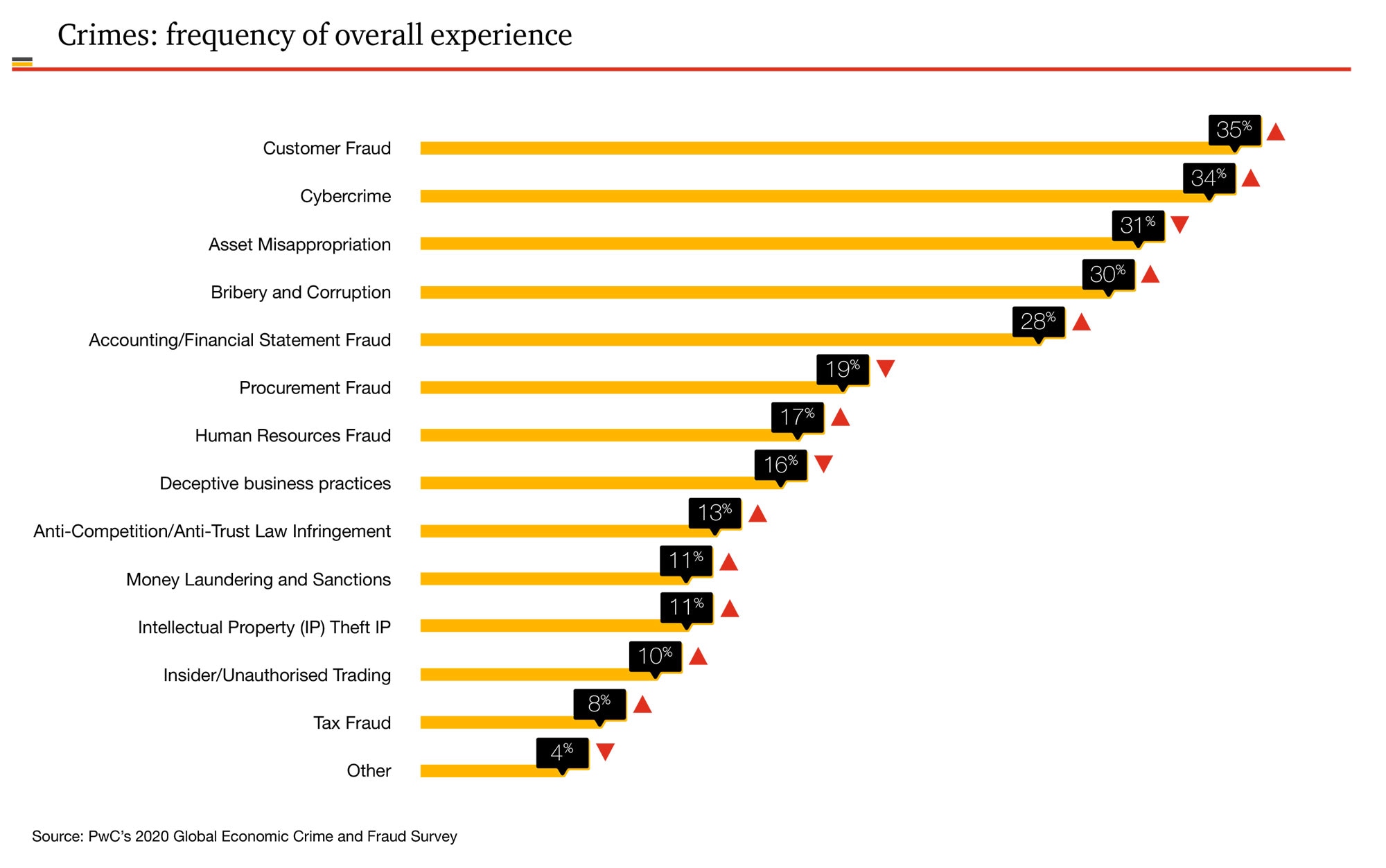In a survey conducted
by Price Waterhouse Coppers, it was determined that over a third of businesses
have been impacted by fraud within the last two years
The COBIT-5 toolset
demonstrates that a holistic approach is required to ensure efficiency,
security and success. It notes that, people within the corporation are a
significant risk in regards to fraud, and, to reduce this, management should
implement: training, management expectations and an ethical culture which flows
down the business
Further, as
corporations now almost fully integrate information technologies into their
business processes and procedures, the need for governance around their IT is
paramount. IT governance consists of processes and organisational structures to
manage risk and safeguard information
Additional Information:
References
Benaroch, M., &
Chernobai, A. (2017). Operational IT Failures, IT Value Destruction, and
Board-Level IT Governance Changes. MIS Quarterly, 729-762.
Governance Institute of Australia. (2019,
January 24). What is Corporate Governance? [Video]. Youtube.
Orbus Software. (2014, March 13). What is
COBIT 5? [Video]. Youtube.
Preittigun, A.,
Chantatub, W., & Vatanasakdakul, S. (2012). A Comparison between IT
governance research and concepts in COBIT 5. International journal of
research in management and technology, 581-589.
PwC. (2020). PwC’s Global Economic Crime and Fraud Survey 2020. Melbourne: Price Waterhouse Coopers.

Comments
Post a Comment